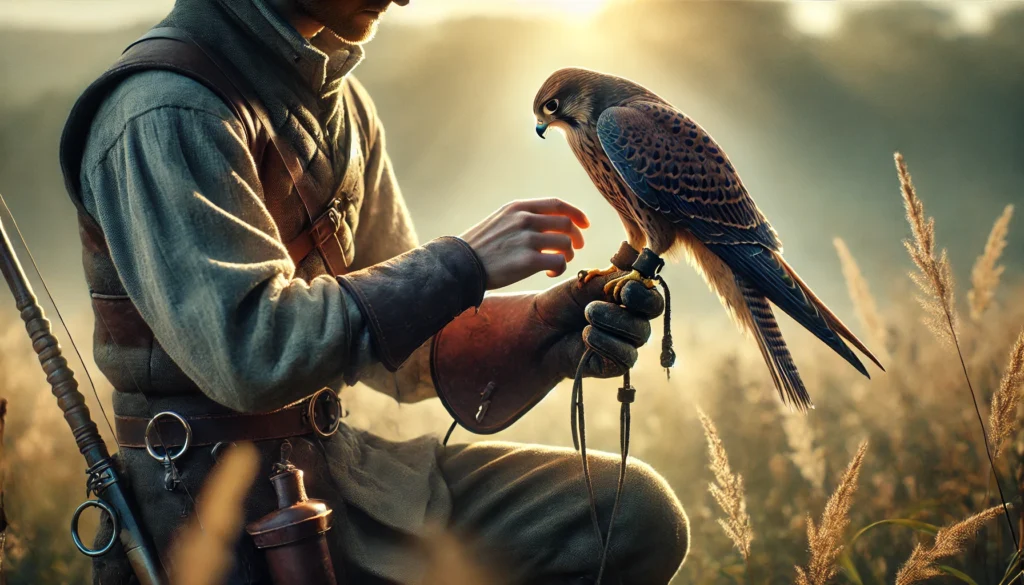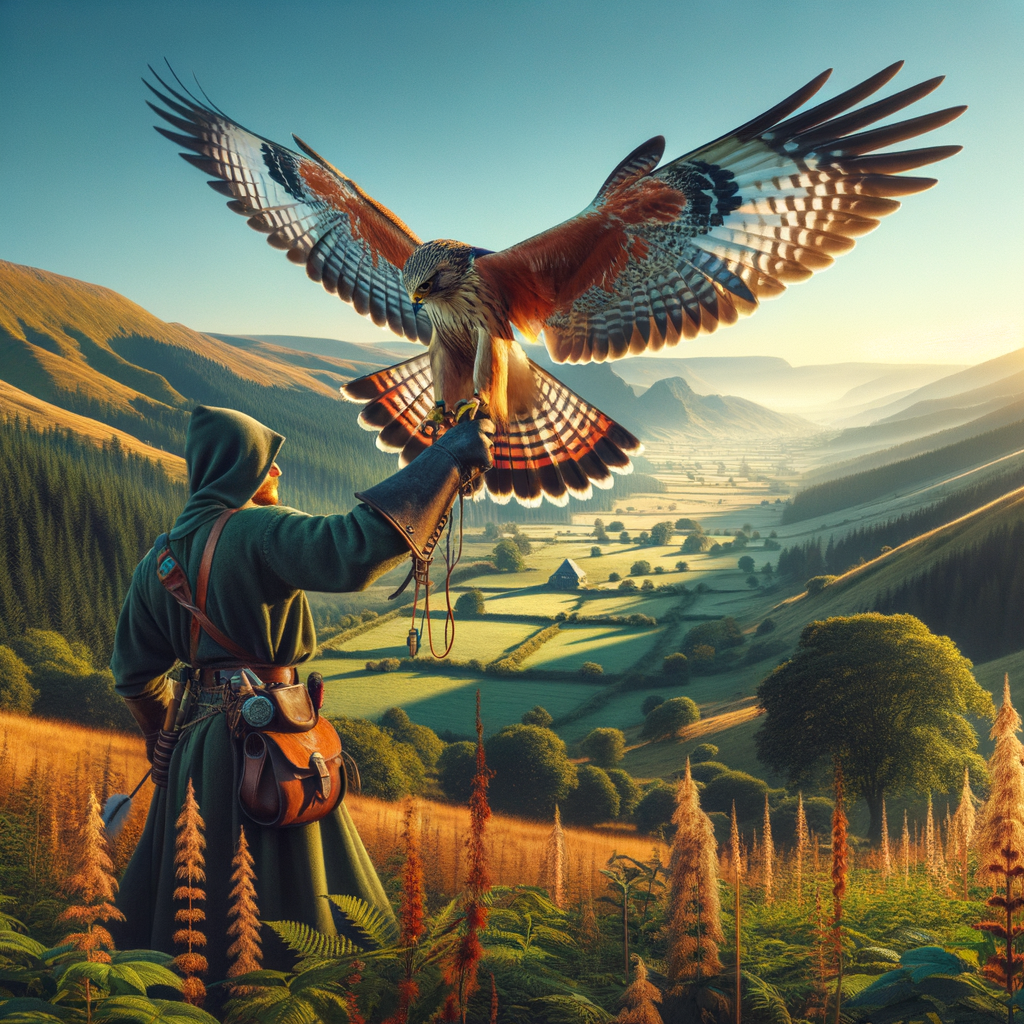Discover the Majesty of Falconry with Learn Falconry
- Falconry is an ancient tradition that involves training birds of prey to hunt.
- It is a unique way to connect with nature and appreciate wildlife.
- Learn Falconry offers expert-led courses for beginners and advanced enthusiasts.
- Our programs cover essential skills like handling, training, and caring for birds.
- Falconers develop a strong bond with their birds, fostering respect and trust.
- Safety is a top priority; we teach responsible and ethical falconry practices.
- Through falconry, you can enjoy outdoor adventures and lifelong memories.
- Learn Falconry provides educational resources and community support for all ages.
- Join us to experience the thrill of falconry and contribute to bird conservation efforts.
Discover the Fascinating World of Falconry in North America
Hello there! Have you ever wondered what it’s like to soar above the breathtaking landscapes of North America with a majestic bird of prey by your side? Well, you’ve landed in the right place! Falconry, the ancient art of hunting with trained birds, has a rich history and unique charm here in North America, and we’re eager to share its wonders with you.
Imagine for a moment you’re in the rolling hills of Ireland, where tales of folklore are passed down through generations. Just as those stories captivate hearts and minds, the traditions of falconry weave a similar spell, beckoning you into a world where humans and birds create a bond that’s nothing short of magical. In this land of emerald isles and enchanting myths, understanding the connection between falconer and falcon can help you grasp the incredible relationship nurtured through this fascinating practice.
This article will take you on an extraordinary journey through the landscapes, history, and intricacies of falconry in North America. You’ll discover how dedicated enthusiasts and professional falconers alike are preserving this ancient tradition while adapting it to modern times. So, grab a comfy seat and maybe a cup of tea, because once you start reading, you won’t want to stop!
The Rich History and Practice of Falconry in North America
Falconry is a captivating sport that involves training birds of prey to hunt in cooperation with humans. Did you know that falconry has a long and interesting history in North America? Let’s dive into the fascinating world of North American falconry and see how it has evolved, especially focusing on the falconry history in the USA.
The Introduction of Falconry to North America
North American falconry has its roots in the European tradition. When settlers from Europe arrived in the United States, they brought with them their love for this ancient sport. Initially, falconry was practiced by a small group of enthusiasts, but it gradually gained popularity. If you want to learn more about the early beginnings of falconry, check out history-of-falconry.
Pioneers and Evolution
The early practitioners of falconry in the USA faced many challenges. They needed to adapt their European techniques to the local environment and species of birds. Over time, this led to the development of distinctive North American falconry methods and traditions. You can explore more about these traditions in falconry-north-america.
Growth and Modernization
As falconry grew in popularity, it also saw significant changes and modernization. New tools and equipment were developed to make the training and handling of falcons more efficient. If you’re curious about these advancements, our section on falconry-equipment will give you an in-depth look at the different types of gear.
Training Techniques
Training a falcon requires patience, skill, and the right techniques. North American falconers have honed their craft over the years, developing specialized training methods adapted to various species and environments. For beginners who are eager to start their falconry journey, the training-a-falcon section offers a wealth of information on basic training techniques.
Falcons in North America
Different species of falcons are used in North American falconry. Each species has unique characteristics and training requirements. Familiarize yourself with the various falcons used in the sport by visiting species-of-falcons. The knowledge of different species is crucial for effective training and successful hunts.
Legal Aspects of Falconry
Practicing falconry in the USA requires understanding and complying with various legal regulations. Falconers must navigate a range of licensing requirements and conservation laws. To get a comprehensive overview, make sure to check out our legal-aspects-of-falconry page.
Health and Nutrition
Taking care of a falcon’s health and nutrition is essential for its training and well-being. North American falconry places a strong emphasis on proper health care and diet planning. If you want to keep your falcon in top shape, visit falcon-health-nutrition for detailed guidance.
Cultural Significance and Competitions
Falconry is not just a sport; it’s also a cultural tradition with deep roots. Various cultural practices and customs are associated with falconry in North America. Plus, there are numerous competitions where falconers showcase their skills. Dive into the cultural and competitive aspects by exploring falconry-in-cultures and falconry-competitions.
By delving into these resources, you’ll gain a richer understanding of North American falconry, from its historic beginnings to its modern-day practices. Whether you’re an aspiring falconer or just fascinated by the sport, there’s always more to learn and explore in the intriguing world of falconry.
Falconry in North America: 2024 Insights
Falconry is a fascinating art and sport in North America, involving the training of birds of prey such as falcons and hawks. As of 2024, there are several key aspects, regulations, and historical points that enthusiasts and prospective falconers should be aware of.
Important Regulations and Permits
Falconry Take Permits
In 2024, various states have specific application periods and regulations for falconry permits, especially concerning the peregrine falcon:
- Montana: Applications for falconry permits are open from February 1, 2024, to March 31, 2024.
- Utah: Similar to Montana, the application period spans from February 1 to March 31, 2024. Additionally, the take season in Utah runs from May 1 to August 31, 2024. During this period, seventeen permits will be available, with sixteen allocated to Utah residents and one to a nonresident.
Community Science Programs
The American Kestrel Partnership (AKP) is a community science initiative that has seen significant growth. By February 2024, it boasted over 2,400 participants who contribute to kestrel conservation and research.
Falconry Regulations in Utah
The Utah Division of Wildlife Resources provides comprehensive guidelines on state and federal rules for falconry, including the process to apply for being a falconer and requirements for current practitioners.
Historical Perspective
Key Milestones
- 1934: The first U.S. falconry club, The Peregrine Club of Philadelphia, was established.
- 1961: The formation of the North American Falconers Association (NAFA) marked a significant advancement in promoting falconry as a regulated sport.
- 1968: The International Association for Falconry and Conservation of Birds of Prey (IAF) was founded, expanding the reach and influence of falconry and raptor conservation.
Conservation Efforts
Impact of Banning Pesticides
One of the notable conservation successes in North America has been the banning of DDT and other harmful pesticides. This ban has positively impacted the population of peregrine falcons, allowing their numbers to recover significantly.
Role of Falconry
Falconry has contributed to conservation by helping to stabilize raptor populations. The practice involves removing immature birds that might otherwise not survive, thus aiding in their preservation.
Cultural Significance
Falconry has deep historical roots, extending back to medieval times in Europe. It was once a sport primarily enjoyed by nobility and aristocracy, with specific birds designated for different social classes. This rich cultural heritage continues to influence modern falconry practices and the community’s passion for the sport.
Below is a table summarizing the key permit information for 2024:
| State | Application Period | Take Season | Permits Available |
|---|---|---|---|
| Montana | Feb 1 – Mar 31, 2024 | Not specified | Not specified |
| Utah | Feb 1 – Mar 31, 2024 | May 1 – Aug 31, 2024 | 17 (16 residents, 1 nonresident) |
In summary, falconry in North America is governed by strict regulations and has a rich history and cultural context. Additionally, ongoing conservation efforts and community involvement play crucial roles in preserving this ancient art.
Embracing Falconry in North America
Falconry in North America is a tradition that blends history, conservation, and community participation. With key milestones such as the Peregrine Club of Philadelphia’s formation in 1934 and the establishment of the North American Falconers Association (NAFA) in 1961, falconry has deep roots in American culture. Regulations like the peregrine falcon take permits in Utah and Montana highlight the ongoing commitment to balancing the sport with conservation efforts.
Participating in programs like the American Kestrel Partnership showcases how the falconry community contributes to scientific research and the protection of raptor populations. By following state and federal regulations and engaging in responsible practices, modern falconers continue to honor this age-old tradition while supporting wildlife conservation.
By understanding and participating in these practices, you can be part of preserving this unique and noble sport for future generations while also contributing to the broader efforts of wildlife conservation.



